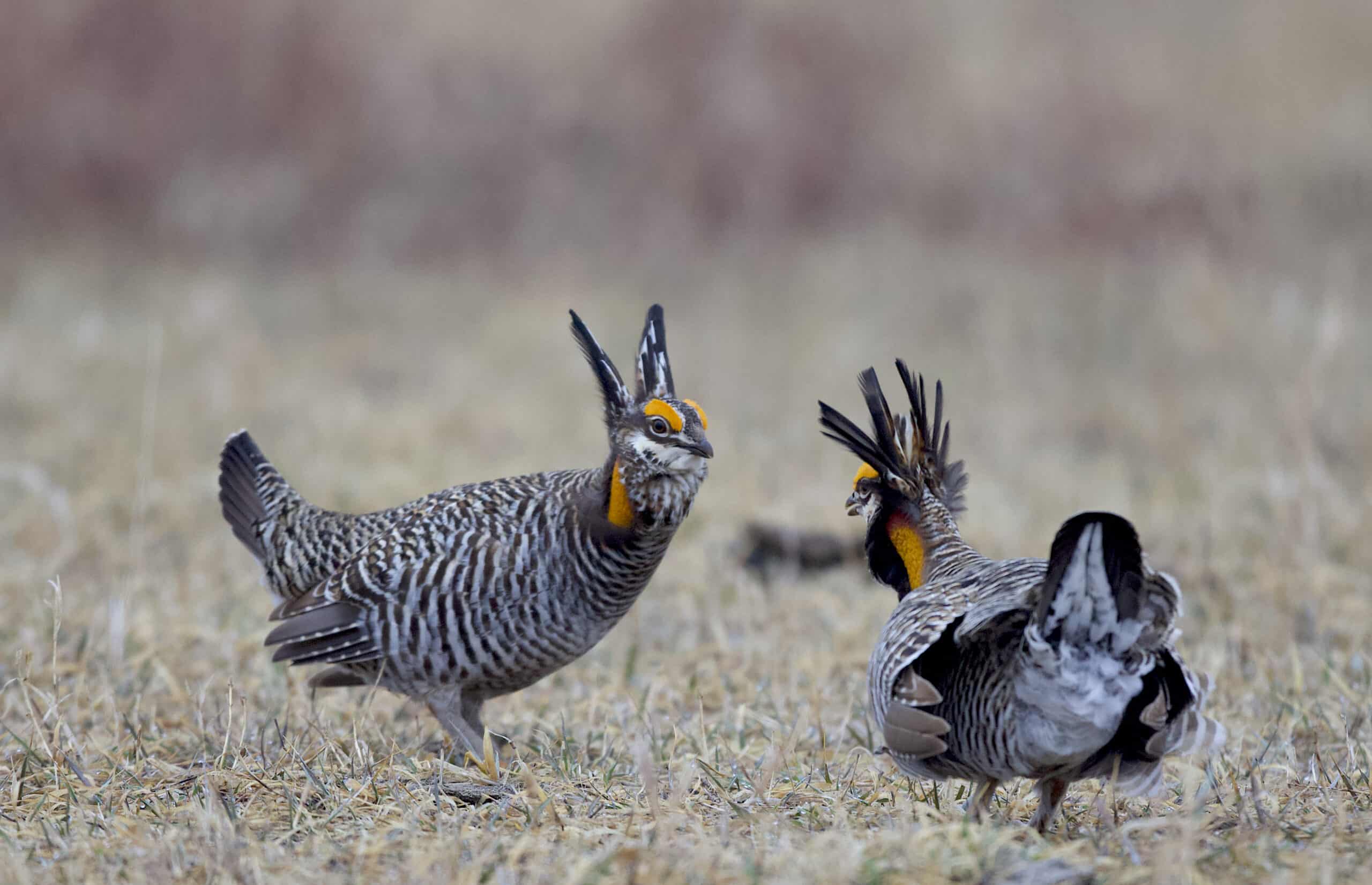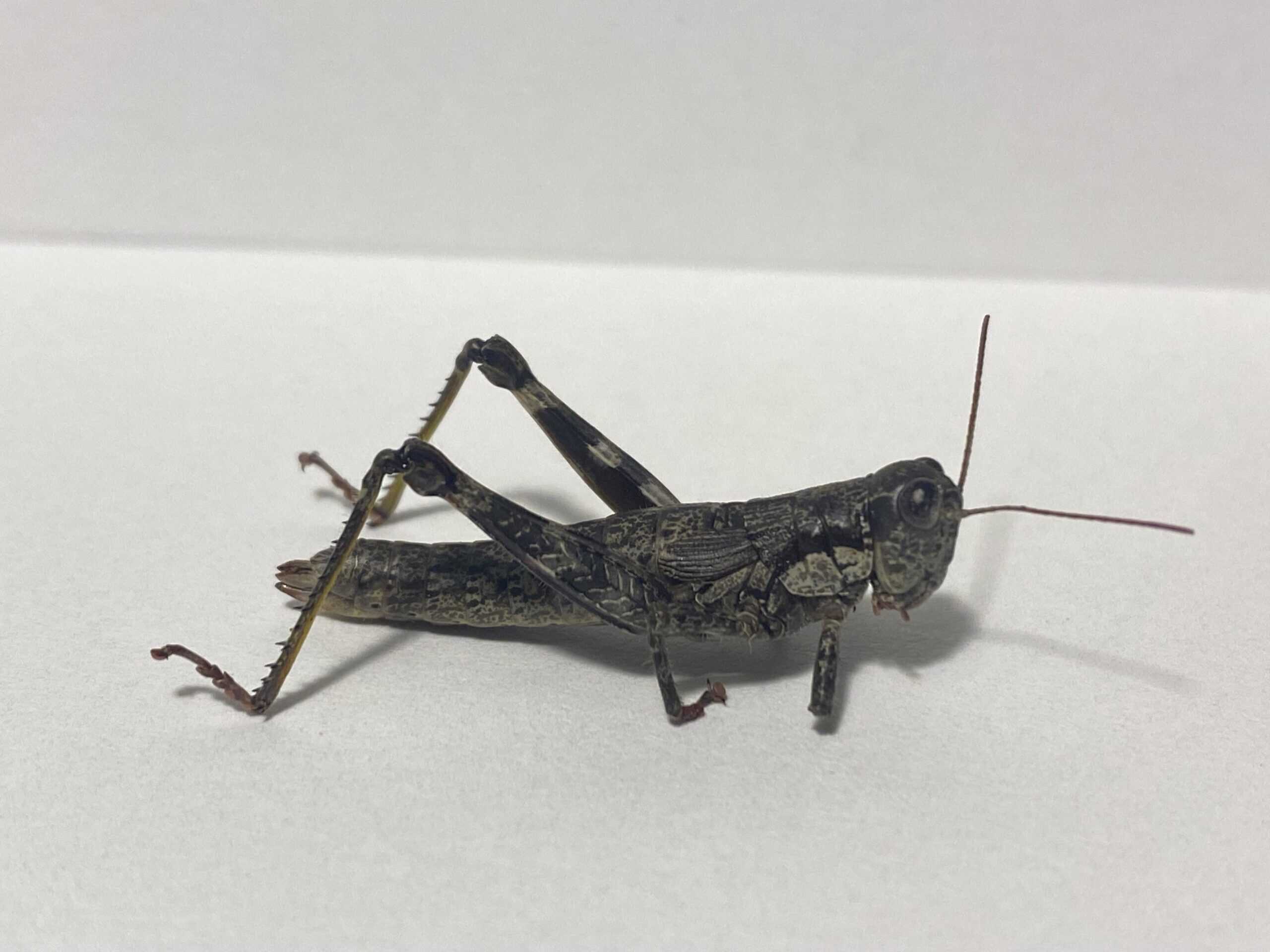Share this article
Wildlife Featured in this article
- Rufa red knot
Are rufa red knots on the rise?
A spring count offers optimism for the threatened shorebird
Each spring, rufa red knots descend on the Delaware Bay to fuel up on their migration from the Southern Hemisphere to their Arctic breeding grounds. The beaches of New Jersey and Delaware provide horseshoe crab eggs that the federally threatened shorebirds rely on. In the 1980s and ’90s, overharvesting of horseshoe crabs, which are used by the biomedical industry, led to a reduction in rufa red knots (Calidris canutus rufa) in the area.
Some worry the population remains in flux, but one biologist believes things are looking up. Independent biologist Larry Niles told the New York Times that he counted about 22,000 rufa red knots this spring, the highest number he’s counted since 2019. In 2021, Niles counted just 6,880 of the birds, a record low.
“What I think is happening is that the birds first found there were no eggs, and stayed away,” Niles told the Times. “Then they found there were eggs and they came back.”
The actual numbers are in dispute, though. The U.S. Fish and Wildlife Service believes the red knot population has remained low but stable, at about 42,000 birds. It plans to issue its latest estimate this fall.
The USFWS is wrestling with why its two ways of counting the Delaware Bay birds have been out of sync in recent years, though. The agency uses both aerial counts and on-the-ground counts. In 2021 and 2022, those two methods produced very different results. USFWS biologists are trying to find out why.
“Regardless, we know rufa red knot populations are vulnerable,” said Chuck Hunter, Southeast regional refuge biologist for the Service, in a May commentary.
Header Image: A banded rufa red knot feeds in shallow water. Varying estimates have provided differing outlooks for the threatened bird. Credit: Gregory Breese/USFWS








